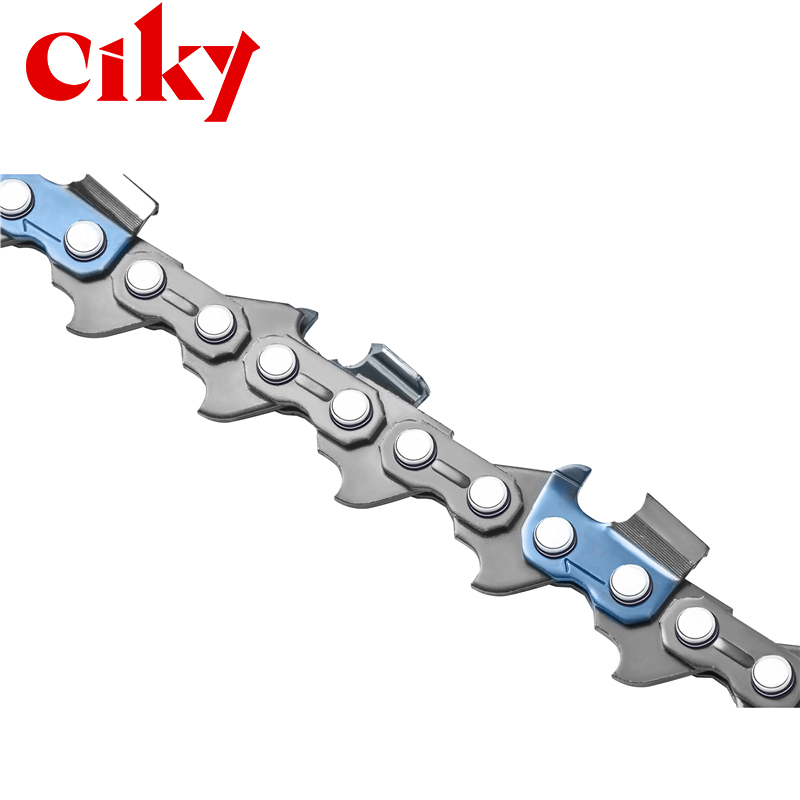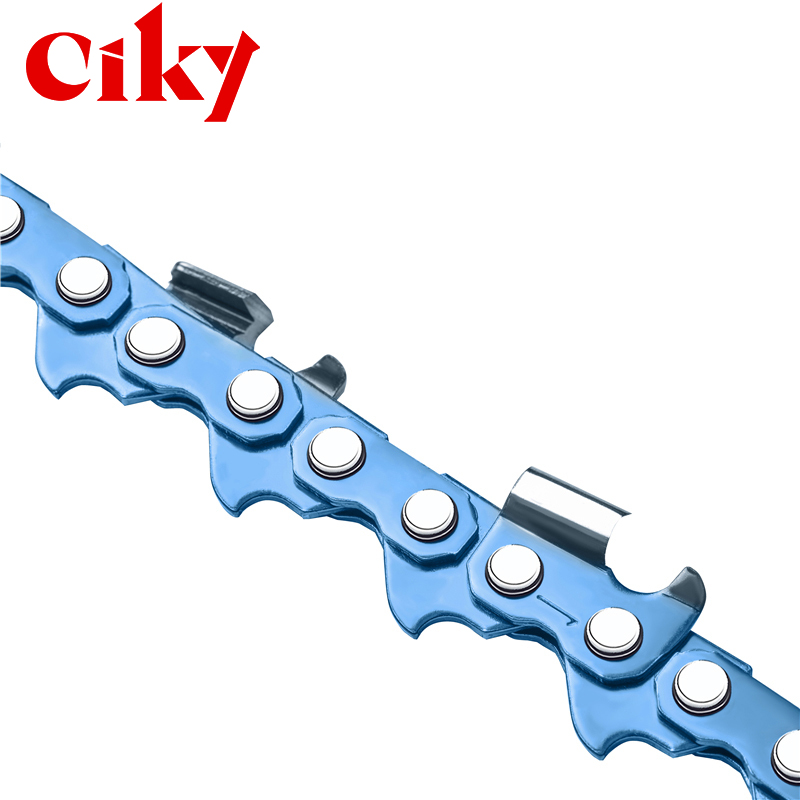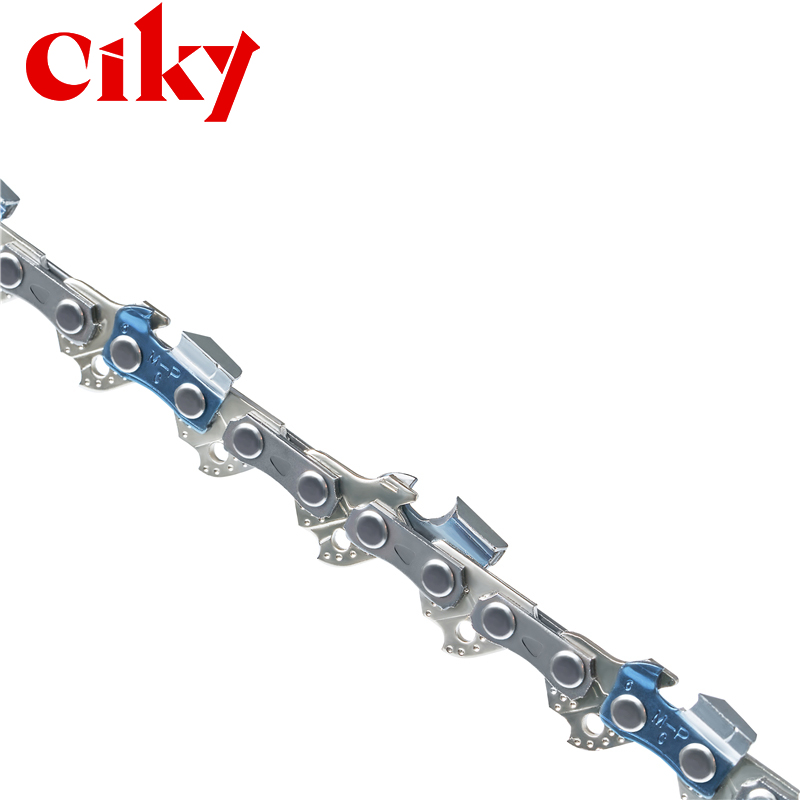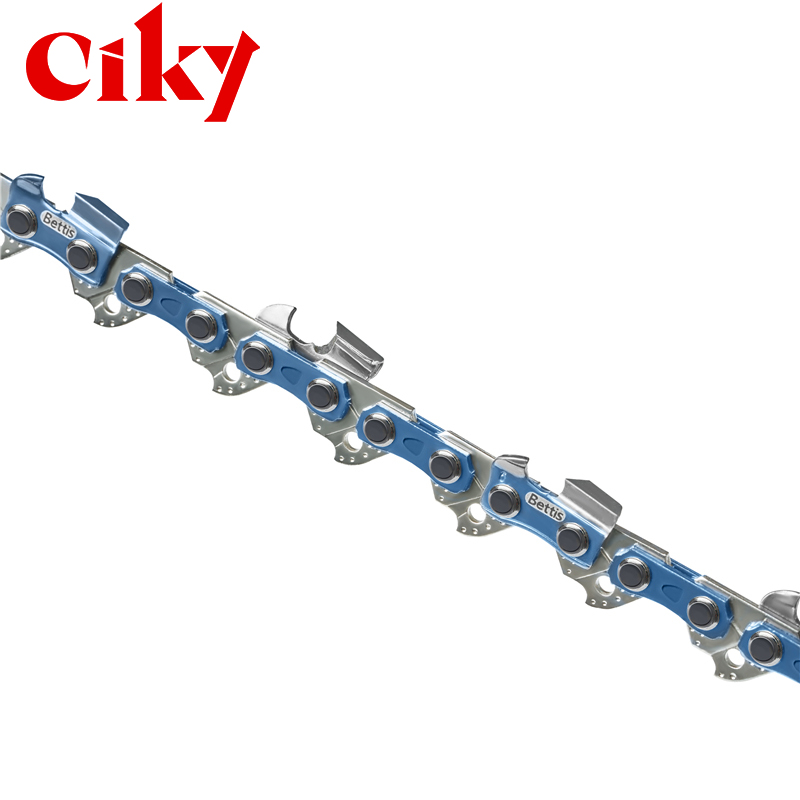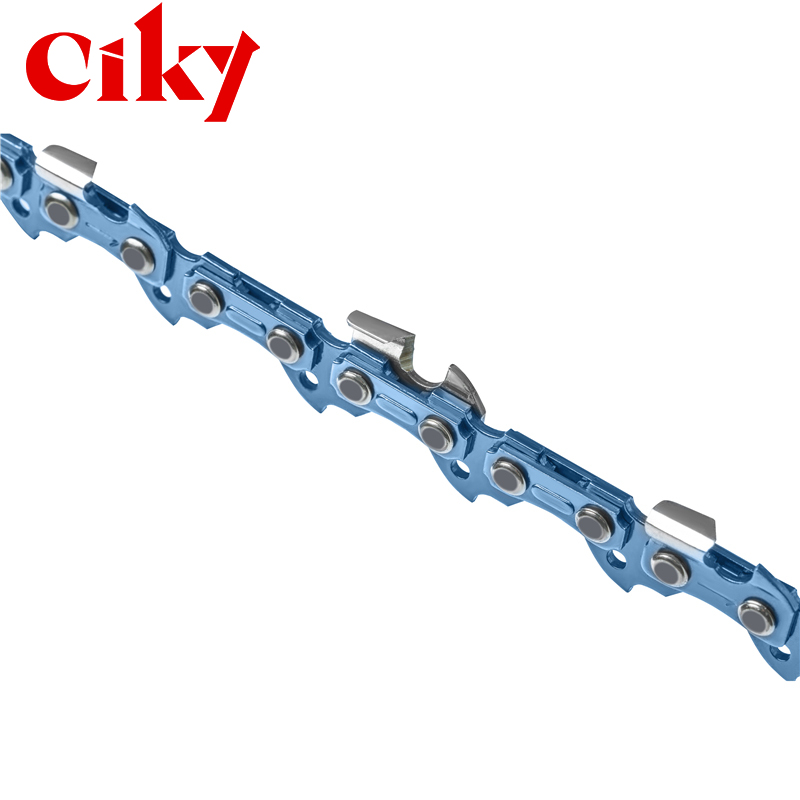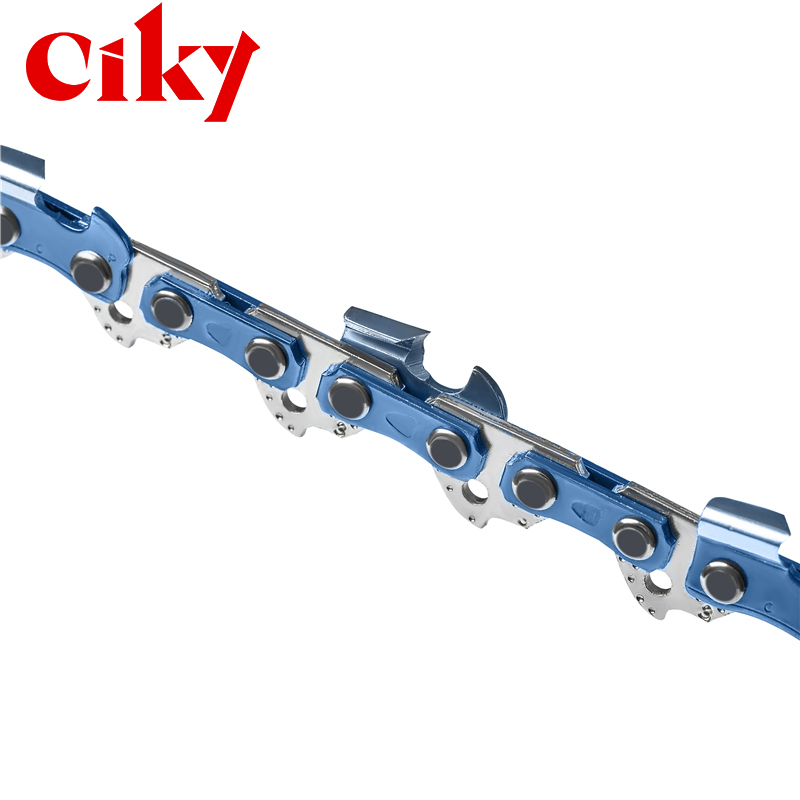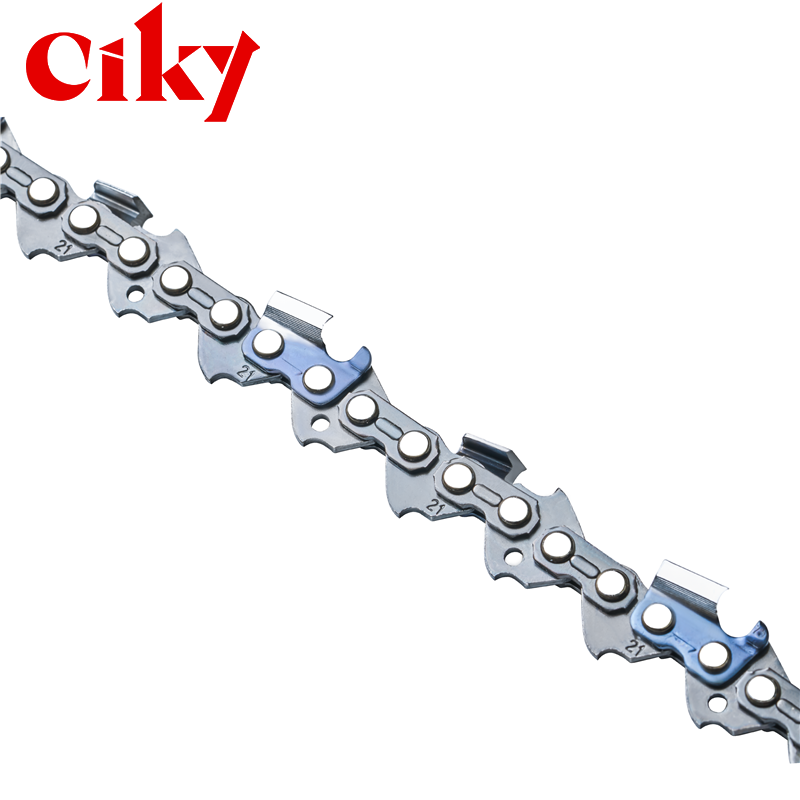Choosing the Right Chainsaw Replacement Chain For Your Saw
Author:admin Date:14-06-2023
If you’re not a chainsaw expert, choosing the right replacement chain for your saw can be confusing. But there are a few things that you should always keep in mind when selecting a new chain for your saw. Those important characteristics are the chain’s pitch, gauge, and number of drive links. This article will teach you how to identify those factors and find the right chain for your saw.
Knowing what chain fits your saw is essential to avoid the frustration of a chain that doesn’t cut properly or that is too short to work with. It’s also a safety issue, as a chain that is too short can cause damage to your saw and create a fire hazard. You can use our online chain finder to help you locate the correct chains for your saw, but you should also consult the manufacturer’s manual for specific information on the proper chain for your model.
A common mistake that many homeowners and professionals make is simply buying the longest possible chain they can fit on their saw. However, a chain that is too long will quickly wear out and be unwieldy to use. Additionally, a longer chain can be difficult to sharpen because of its larger diameter and may require more power to operate.
Another common mistake is purchasing a chain that doesn’t match the gauge of your chainsaw’s guide bar. This is a vital factor because the chain’s gauge, the thickness of its drive link, determines whether it will fit in your chainsaw and how tightly it will grip the bar. You can measure the gauge of your existing chain with a simple caliper or multi-purpose chain gauge, which is inexpensive and easy to find in most hardware stores.
Before working on a chainsaw or using a power tool, read all of the safety warnings in the manufacturer’s manual. Also, remember that a chainsaw is an extremely powerful cutting tool and can seriously injure you if used improperly.
While you’re shopping for a new chain, you should take a close look at the nose of your current chain to see if any of the teeth are damaged or missing. It’s best to replace the entire chain when one of these problems occurs, as cutting with a damaged or missing chain can be dangerous and may cause the saw to kickback.
There are two basic types of chain bars: sprocket nose and hard nose bars. Sprocket nose bars feature a sprocket on the tip of the bar with rivets that hold the chain in place. These rivets are easily replaceable, which makes a sprocket nose bar an economical choice for homeowners and professionals alike.
Hard nose bars, on the other hand, are made of a solid piece of metal that extends all the way to the nose of the saw. While they are sturdier than sprocket nose bars, they can be harder to clean and are usually reserved for professional use.
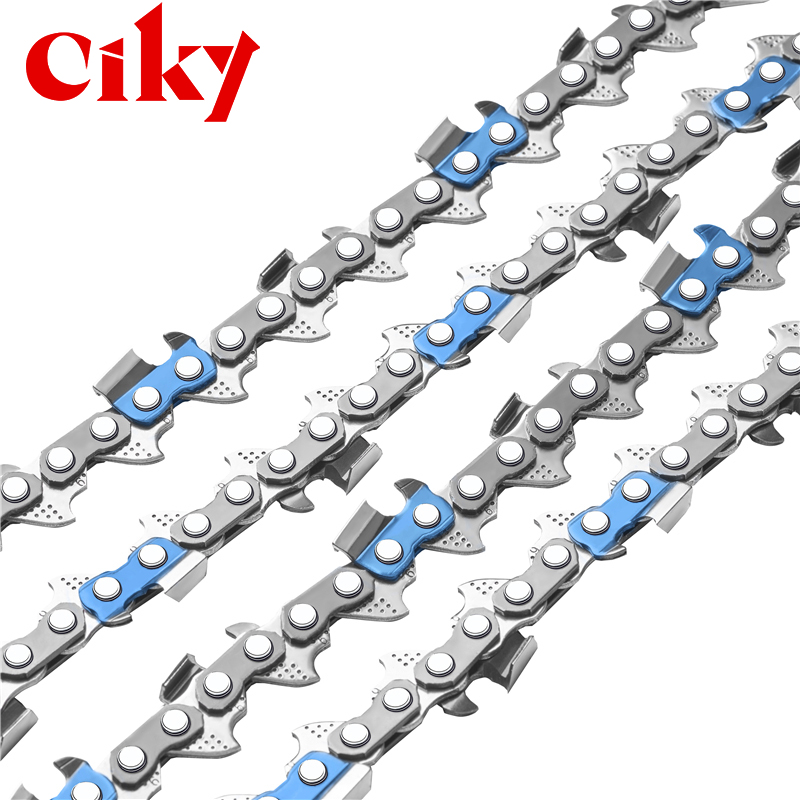

 English
English Español
Español